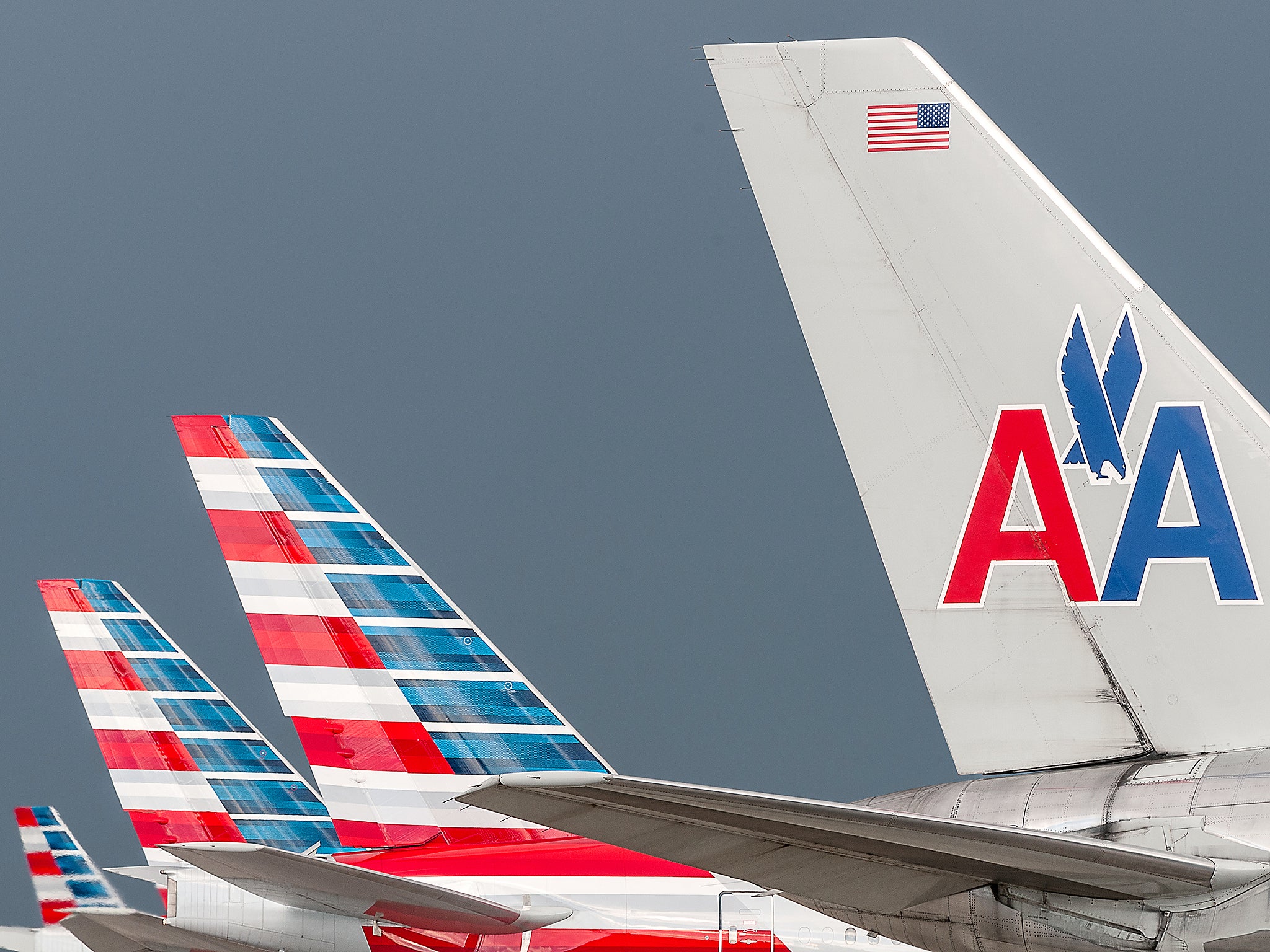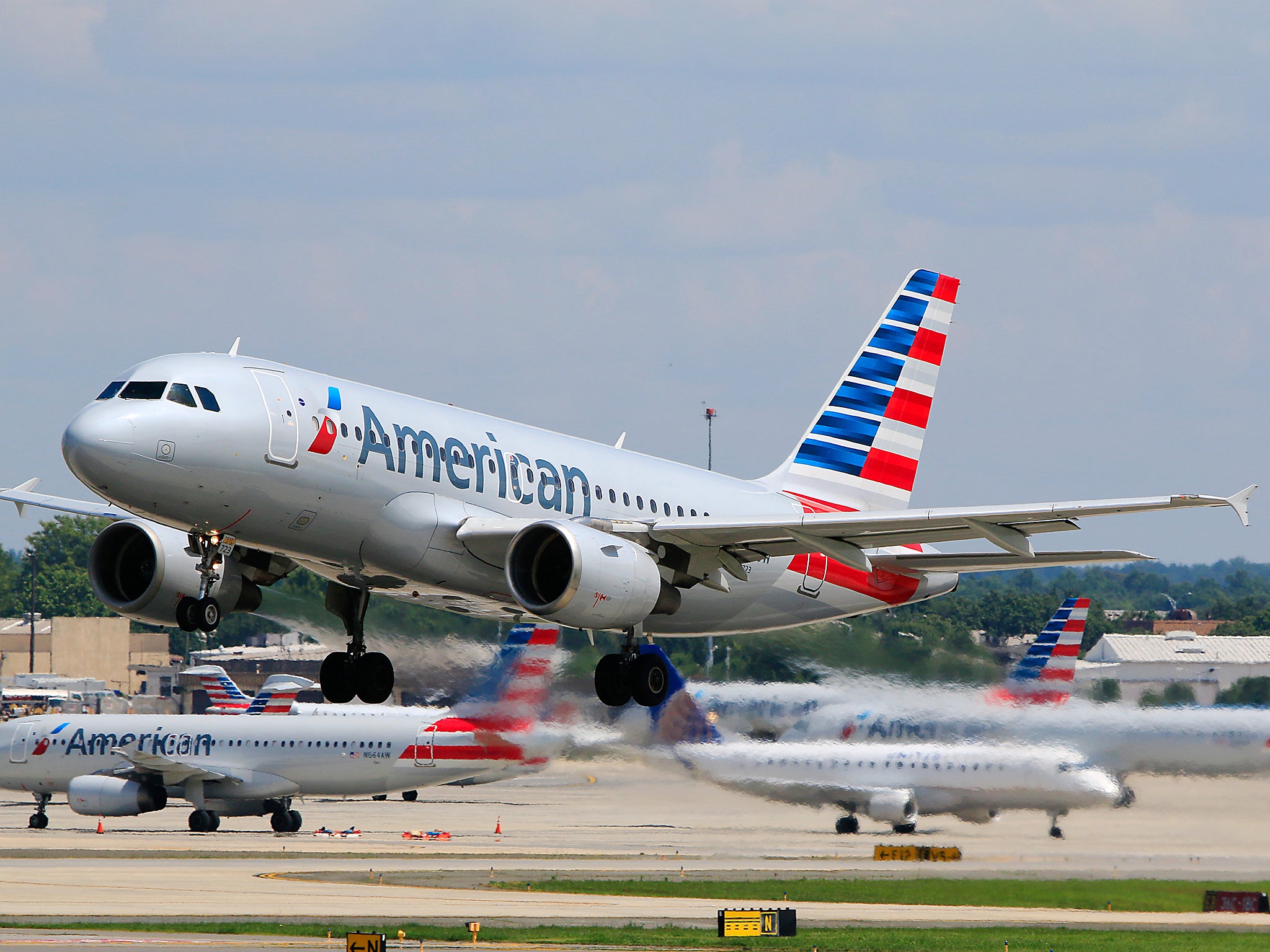These are the world's biggest airlines
The US dominates the aviation scene when it comes to size

Who dominates world aviation? The short answer, from some fascinating data crunched by schedule specialist OAG, is: nobody.
Judging the size of an airline is an inexact science: do you simply look at the number of passengers flown, or should you multiply that by the distance travelled?
To compile its snapshot of scale, OAG has chosen the number of seats that each airline put into the sky from February 2016 to February 2017: a blunt but effective measure to come up with the 20 highest-scoring carriers.
As with the English Premier League, there’s a constancy to the top positions.
US carriers hold the first four, with American Airlines leading the table. It flew 251 million seats over the year, four times the population of the UK – a handy comparison.
One reason that aviation gives the frequent impression of being a volatile, unprofitable business is that consolidation is proceeding glacially.
American took the top spot after merging with US Airways, but still flies barely 5 per cent of the worldwide total.
For comparison, each of the three big car makers (Volkswagen, Toyota and General Motors) produces about 15 per cent of the automobiles worldwide.
Back in the skies, Delta, Southwest and United fill the next three places. Each of them has taken over a smaller rival recently (Northwest, Airtrans and Continental respectively).
The first non-American carrier is Ryanair, with twice as many seats as people in the UK. China Southern and China Eastern tussle in sixth and seventh place respectively. Completing the top 10: Turkish Airlines, easyJet and Lufthansa, each carrying around 1.3 times the UK population.
Emirates, whose Dubai hub has more international travellers than any other airport in the world, make only 13th place. But since almost all its passengers are flying long distances, it is significantly mightier when you look at “available seat kilometres”.
British Airways flew one seat for every person in the UK to take 15th place, comfortably ahead of Air France. And at the foot of this Premier League, Aeroflot – which, back in the days of the USSR, was the biggest airline in the world. It had enough room for every UK adult, but not the children.

Drilling deeper, the OAG data includes snapshots of the busiest routes for each of the Premier League airlines. American’s is New York La Guardia to Chicago O’Hare. New York JFK is one end of the busiest route for Delta (to Los Angeles) and British Airways (from Heathrow).
Southwest is staying true to its Texan roots on routes: the busiest is Dallas Love Field to Houston Hobby, on which it started in 1971. Trust me, you will never guess Southwest’s second busiest: Burbank (on the outskirts of Los Angeles) to Oakland (San Francisco’s second airport).
For Ryanair, I guessed Stansted-Dublin would be busiest. I was wrong: that honour goes to Athens-Thessaloniki, which is well ahead of the Irish Sea link.
For easyJet, Gatwick is the start of its two busiest routes: to Amsterdam and Geneva. Emirates’ highest scorer is one of its very few short-haul links, between Dubai and Kuwait.
Air France does best by a mile on Paris Orly to Toulouse, but that lead could be damaged by the new high-speed rail link south-west from the French capital, which will cut more than an hour from the train journey when it opens next month.
In the tricky business of global aviation, change is the only constant.
Join our commenting forum
Join thought-provoking conversations, follow other Independent readers and see their replies
Comments